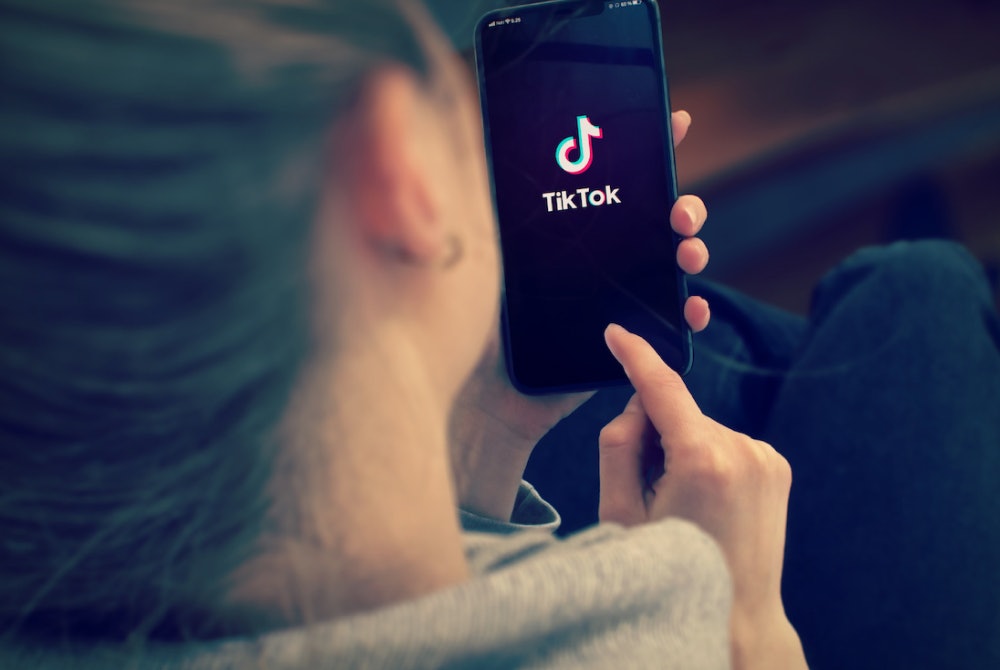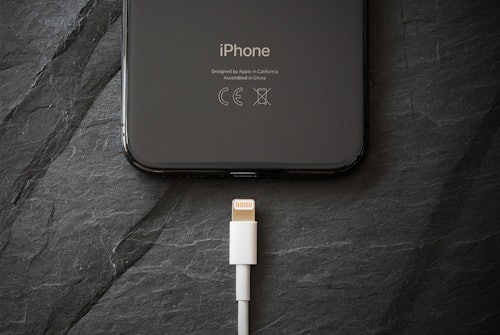- What is the Sunshine Protection Act?
- Benefits of Permanent Daylight Saving Time
- Drawbacks of Permanent Daylight Saving Time
- Why Don't Some Places Have Daylight Saving Time?
- Frequently Asked Questions
Daylight saving time (DST) was first introduced in the U.S. in 1918 to conserve electricity during World War I. However, this only lasted seven months, and the time change went back to normal after the war. It wasn't until 1966 that Congress passed an Act that established the start and end dates of daylight saving time—it was still up to each state whether or not they observed DST.
In March of 2022, the Senate passed an Act, which, if passed by the remaining Congress and the President, will make daylight saving time permanent in the U.S.—no more time changes during the year.
What is the Sunshine Protection Act?
The Sunshine Protection Act is a bill that would essentially remove the need to change our clocks twice a year (i.e., no more Spring forward or Fall back). It would make daylight saving time permanent, with our clocks permanently set an hour ahead of standard time.
The bill would also require the local jurisdictions that currently don't observe daylight saving time to wind their clocks forward permanently (to a time of their choice). These include:
- Arizona
- Hawaii
- Guam
- Northern Mariana Islands
- Peurto Rico
- Virgin Islands
The bill states the following reasons why permanent daylight saving time is preferred:
- Reducing car accidents involving pedestrians by increasing visibility (i.e., allowing more daylight when workers are driving to and from work)
- Reducing the risk for seasonal depression, stroke, and cardiac issues
- Reducing robberies
- Increasing economic activity
- Reducing childhood obesity by increasing physical activity
- Benefiting the agricultural economy
- Reducing energy consumption
When Will Permanent Daylight Saving Time Be Enforced?
If passed into law, permanent daylight saving time will become effective on November 5, 2023.
History of this Bill
- 2018: This bill was first introduced by U.S. Senator (for Florida) Marco Rubio; however, no action was taken by the Senate. (Although President Trump Tweeted that he would be in favor of it.)
- 2019: Another bill was introduced to the Senate; however, once again, no action was taken by the Senate.
- 2021: An updated bill was introduced to Senate, proposing the date of the new permanent daylight saving time to be effective November 5, 2023.
- March 2022: The bill is passed by the Senate.
- Current standing: The bill must be passed by the House of Representatives and President Biden. If no action is taken before Congress adjourns, the bill dies, and a new one will need to be submitted.
How Laws Are Passed in the U.S.
Permanent daylight saving time isn't yet enacted yet, as it still needs to be passed by Congress. Here are the general steps for a new law to be enacted by the U.S. government:
- A bill must be first approved by the United States Congress (the legislative branch of the White House), which consists of:
- The Senate: Composed of 100 Senators (2 reps for each state)
- The House of Representatives: 435 elected members (with representatives from each state)
- Once proposed bills are passed (or approved) by both groups, they are given to the President of the United States for consideration.
- The President can then:
- Sign it into law
OR - Reject or veto it and send it back to Congress
- Sign it into law
- Although the President can reject the bill, Congress has the power to override the veto with a vote and write it into law.
Other scenarios may also occur, depending on the situation.
Benefits of Permanent Daylight Saving Time
- Reduces the number of traffic accidents (including those involving pedestrians) by allowing most workers to drive in the daylight.
- More sunlight can reduce the risk of seasonal depression, cardiovascular disease, and stroke.
- Benefits the economy (people go out and spend more money when there's even just one hour of extra daylight).
- Kids spend more time outdoors when there is more light, decreasing childhood obesity.
- Improving public safety by reducing crime (less crime happens during the daylight).
- Benefits the agricultural economy by removing the disruption between farmers' schedules and supply chain partners.
- You can save energy by not needing to use power as early in the day.
- No more having to adjust to the time difference twice a year.
Drawbacks of Permanent Daylight Saving Time
Of course, a significant change doesn't come without its cons—after all, if it was such an obvious idea, why wasn't the current system changed long ago?
Health Risks
According to Dr. Karin Johnson, Associate Professor of Neurology at UMass Chan Medical School and Medical Director of the Baystate Regional Sleep Medicine Program, permanent DST could be detrimental to our health.
"The scientific and medical community really feel it's very important for us to go to permanent standard time," she says. She explains that standard time is much more aligned with the sun, which is better for our overall health and well-being.
"We all have body clocks, and they align to the sun," she says. "Studies have shown that even after switching to daylight saving time, our hormones stay with the sun."
Johnson explains how making daylight saving time permanent would result in us living our social life by the clock time while our body clock (or circadian clock) is still aligned to the sunlight.
This can result in sleep deprivation, affecting your heart health, obesity, and even an increased risk of cancer.
Dark Mornings
Another drawback that some worry about is that there will be less morning light by making daylight saving time permanent. Since we would wind our clocks forward, the sun will rise later. As a result, those of us who are early risers will no longer wake up with the sun but instead be greeted with dark mornings.
If this is the case, the argument that permanent DST will save energy may not be valid. Although we'll be reducing our house energy consumption at night, we'll be using it in the morning instead.
Why Don't Some Places Have Daylight Saving Time?
In the U.S., a handful of states and jurisdictions don't observe daylight saving time, including Hawaii and most of Arizona. However, should this law be enacted, they will be forced to wind their clocks forward to observe year-round DST and gain at least an extra hour of sunlight.
There are various reasons why certain states (including in other countries) don't observe daylight saving time:
- Hawaii: Daylight hours don't change much between winter and summer in Hawaii, so it makes more sense to keep standard time all year round.
- Arizona: Most of Arizona doesn't observe DST because most residents prefer less sunlight due to the scorching weather (into triple digits) observed throughout the year. Currently, only the Navajo Indian Reservation in the state observes DST.
- Australia: Three states in Australia don't observe daylight saving time—Queensland, Western Australia, and the Northern Territory. Although there are several reasons why many people vote against it, a common reason is similar to why Arizona doesn't have DST. It's simply too hot to warrant extending the daylight during the summer months. Another popular reason is that the difference in sunlight between winter and summer is not extreme enough to warrant a time change (similar to Hawaii).
- Japan: DST is not enforced anywhere in Japan, which could be due to several reasons, one being the fear of being overworked (in an already overworked country). Although there have been some debates on whether or not to introduce DST, the general consensus is that the inconvenience of doing so outweighs the benefits.
- China: Most residents were not in favor of moving their clocks back and forth each year, so DST did not last in China.
- Countries close to the equator: Most countries close to the equator (e.g., India, Indonesia, Thailand, Vietnam, Columbia) also find no need to adopt daylight saving time due to the minor difference in daylight throughout the year. Standard time is accepted since there is usually only one hour or less difference in sunlight from winter to summer.












Comments